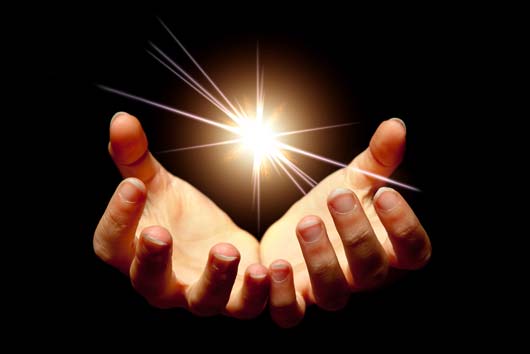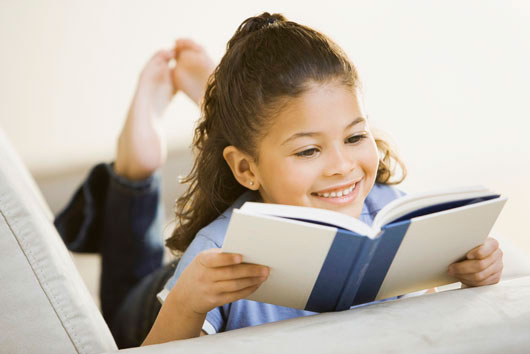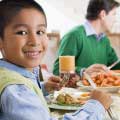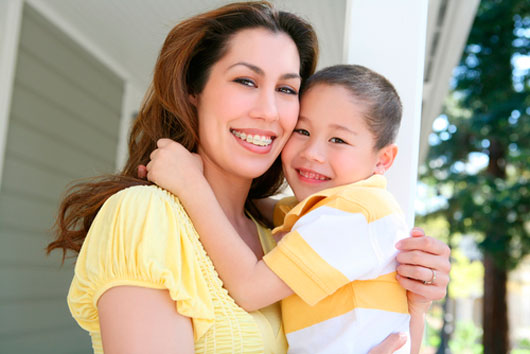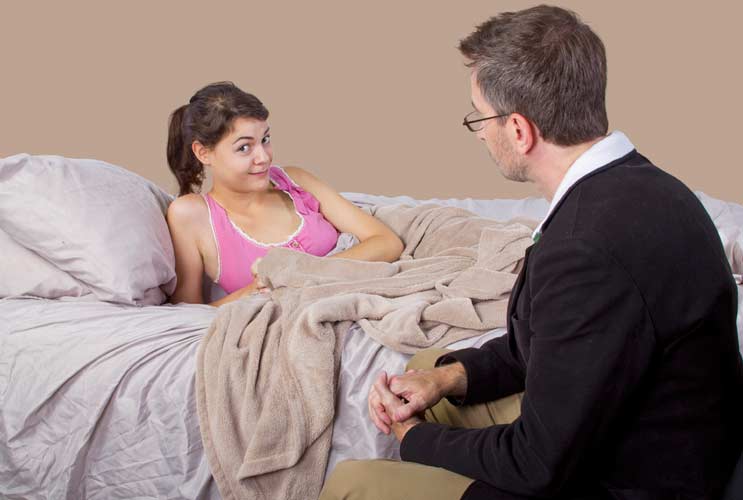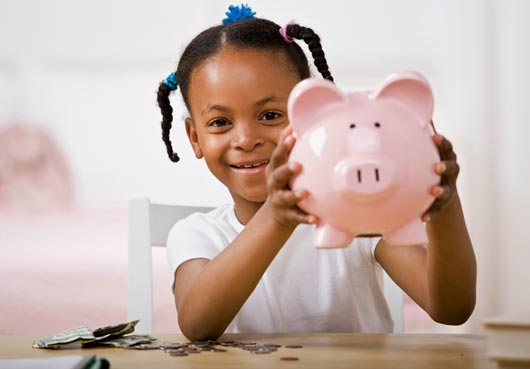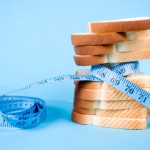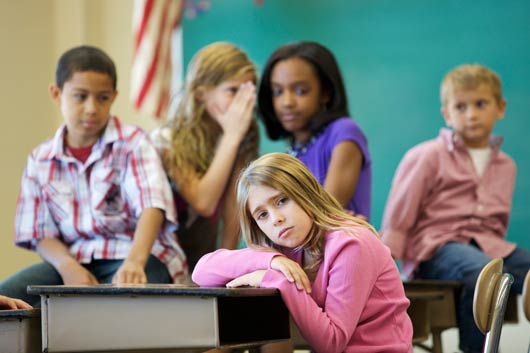
Peer influence is a concern for moms as soon as kids are participating in social activities on their own. Sorry moms, that starts well before adolescence. Of course, when your kids are very young, you are there for most social events like play-dates and birthday parties, which makes it fairly easy to spot the bad apples and intervene before they start leading your precious offspring astray.
When it comes to peer group dynamics, a 2013 University of Maryland study found that begins well before adolescence. According to lead researcher, developmental psychologist Melanie Killen: “Peer group pressure begins in elementary schools, as early as age nine. It’s what kids actually encounter there on any given day….The emergence of peer groups in elementary school aids children’s development by providing positive friendships, relationships, and social support.” If you’re not sure how to tell whether your kid’s pals are exerting the right sort of peer influence, here are eight signs that you’ve got nothing to worry about.
1. Your Kids Are Happy
If your child comes home with a positive attitude and seems generally happy, enthusiastic and engaged after spending time with their pals, it’s safe to assume their peer influence is a positive one.
Read Related: How to Protect Your Kids From Peer Pressure
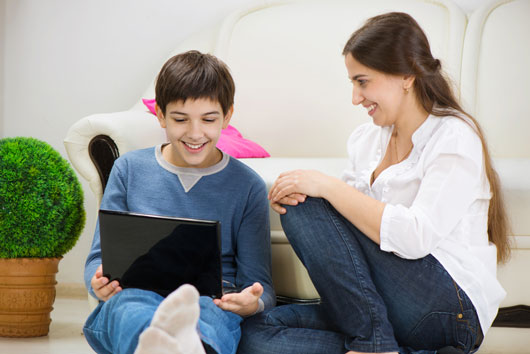
2. They’re Not Secretive
If your child starts to become secretive or withdrawn about who their friends are or what they do together, you may want to investigate further. If they seem open and eager to discuss their friends and how they spend their time, you’re kid’s got a good social support system.
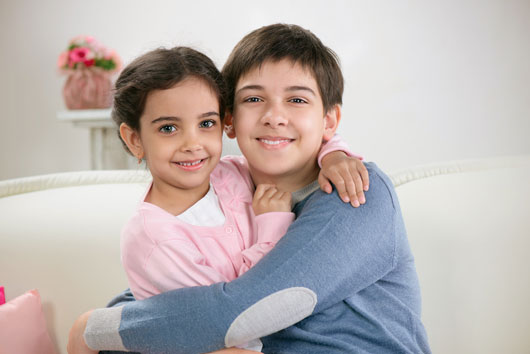
3. Your Child is Getting Along with Siblings
It’s a sure sign that your kids’ social circle is teaching them valuable skills if they’re actually getting along better with their siblings and seem to have a greater understanding of compromise and sharing.
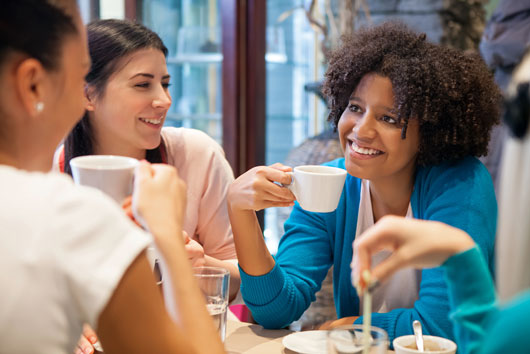
4. Meet the Parents
We all know you can’t really judge a child by their parents—and vice versa—but when your kids’ friends’ parents are involved, friendly and concerned about what their child is doing, it should set your mind at ease. Even better, if you become friends it’s that much easier to keep an eye on things.
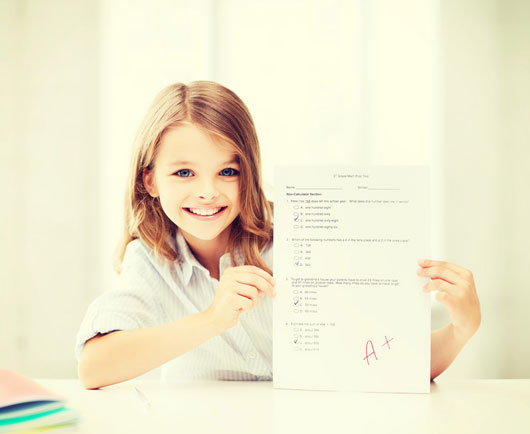
5. Good Grades
When the grades start slipping for no apparent reason, it’s time to take a closer look at how your child is spending their time at school and who they’re spending it with. Although good grades don’t guarantee their peer influence is positive, it certainly points in the right direction.

6. No Trouble
The right peer group will help your kids steer clear of trouble and avoid fights. If you’re getting good reports about discipline and behavior from your child’s teacher, you can feel good about their friends too.
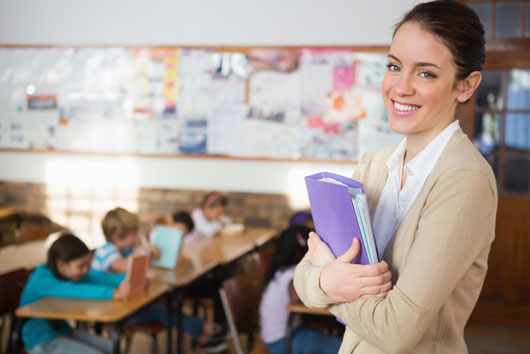
7. Ask the Teacher
Especially when your kids are in elementary school, communicating with their teacher is your first line of defense. Don’t be shy about asking him or her how your child is doing socially as well as academically and what they think about your kid’s peer influence.
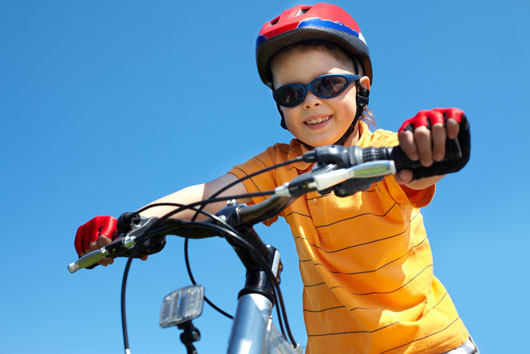
8. They Radiate Confidence
A positive peer group should elevate your child and make them feel confident and secure about themselves and their abilities. If your kid feels comfortable voicing his or her opinion (politely of course) and is open to trying new things and meeting new people, you should feel confident too.

